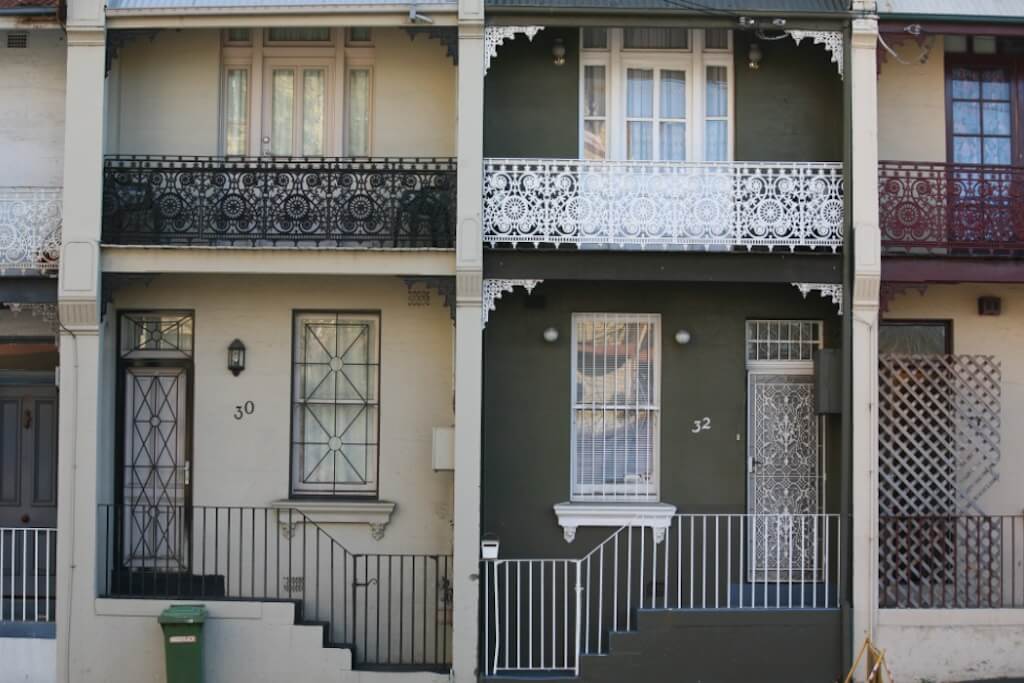Sorry Guys, Rentals Are Still Unaffordable Even With Jobseeker Payment Doubling
Only 1.5% of rentals are affordable for people on the new Jobseeker payment.

At its most basic level, the point of welfare is to make sure people are able to afford their most basic needs — like, you know, a place to live.
It’s no big secret that on $40 a day, our existing welfare system doesn’t allow for much more than that.
Even with the new Jobseeker rate — which has been doubled during the COVID-19 crisis — Australia’s rental market is wildly unaffordable if you’re on the dole.
Today Anglicare released their annual Rental Affordability Snapshot — it found that only 1.5 percent of rentals are affordable for people on the new Jobseeker payment.
For rent to be considered affordable it needs to be less than 30 percent of your income. Anglicare’s snapshot looked at almost 70,000 rentals across the country, and only 1,040 of those listings hit that target.
Without the Jobseeker increase, that would have been nine.
In news surprising to no one, none of those happen to be in Sydney, Melbourne, Canberra, Adelaide or Darwin.
The snapshot also shows only one percent of rentals are affordable for people on the Age Pension, and only half a percent are affordable for someone on the Disability Support Pension.
HALF. A. PERCENT.
Crucially, neither of those payments have seen an increase through the pandemic.
Anglicare Australia executive director Kasy Chambers said more needs to be done to help people on low incomes.
“We’re asking people to stay at home – so we must invest in homes for people who need them most. Nobody should be squeezed out of the market during a health emergency,” she said.
“That’s why we must invest in affordable housing. Our shortfall is massive. We need 500,000 new affordable rentals across Australia.”
Anglicare is also pushing the government to make the increased Jobseeker rate permanent.
“We must raise the rate of these payments for good,” Chambers said.
“If they are halved in six months — and if pensioners and people with disability are left out — renters will be pushed even deeper into poverty and homelessness.”
I am gobsmacked that the PM is thinking it is ok to return the #Jobseeker payment to $40 a day in 6 months, condemning what is likely to be over a million people to living in poverty.
How can it be Gov policy for people to live below the poverty line? #COVID19 #RetaintheRate
— Rachel Siewert (@SenatorSiewert) April 23, 2020
One person who’s used to dealing with Centrelink’s ins and outs is Sarah*, who has received various forms of welfare on and off since the 80s.
“There have been stages where we were actually homeless, living in a car, and I was actually working at the same time because of housing affordability,” she told Junkee.
She said for many, just saving enough for that initial deposit can be a barrier.
After her car broke down she got around this by using superannuation to buy a caravan, and now pays $170 a week for a permanent spot in a Perth caravan park. She said they decided to go down that route because the site fees were cheaper than the normal bills they’d otherwise have to pay.
“You just have to be flexible and resilient, that’s the key because otherwise it’s very hard,” she said.
“A person looking for low level rent often won’t find things because many homeowners prefer to leave their homes empty or in need of bad repair so they can get negative gearing.”
Sarah has lived in various parts of the country for work — in Melbourne, for example, she spent an hour and a half commuting every morning because there was nothing affordable in the city for her, despite being on rent assistance.
She said often the cost of commuting — not the mention the wasted time — cancels out any benefits gained from living in a cheaper area anyway.
Rent pauses and decreases aside, we need to totally rethink the way we approach rent & housing, it’s time to demand a national housing guarantee!!https://t.co/oVSmwMOO19 https://t.co/n5DX3fWKY2
— Joshua Badge (@joshuabadge) April 29, 2020
Sarah would welcome a permanent increase to Jobseeker but is worried that would have a flow on effect of driving up already high prices.
“That’s what happens every time. ‘Great, you can pay more? We’re going to charge more,’” she said.
“What you need to do is make homes available … makes houses affordable.”
*Sarah’s name has been changed at her request, as she has just started in a new government role.